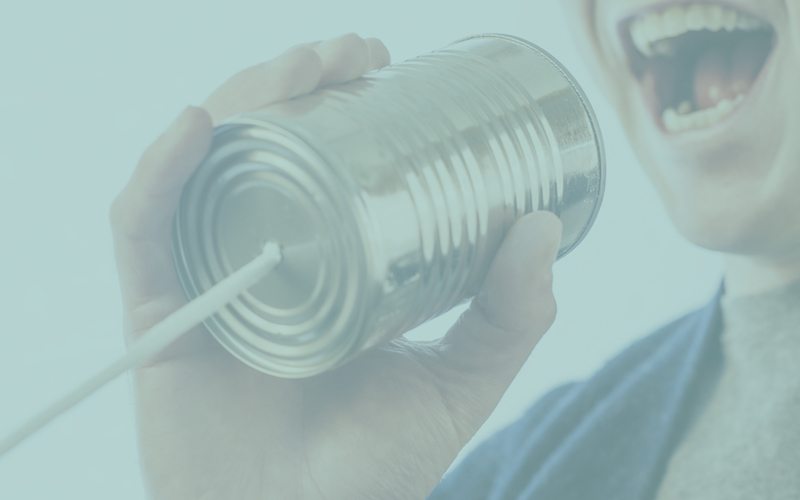Creating Your Personal Transcripts
Episode #2 of the course Speak English fluently: How to create your successful English study plan by Sabrina Rose
Today, you’re going to take your English goal from your lesson yesterday and start working toward making it a reality. Today’s lesson will give you your first actionable study tip. If you missed yesterday’s email, you should go back to the first email in this series and complete the goal-setting exercise.
You know WHY your goals are important now? Good! Let’s look at one of the best ways to prepare for actually speaking in the real world.
One simple (yet very effective) way you can prepare to speak English is to create and use personal transcripts.
A transcript is a written record of something that was said, be it a monologue (one person talking) or a dialogue (a conversation between two or more people).
Think about it: what good is studying English if you don’t use it? And what good is studying dialogues that other people have created (like in your textbooks) when they are not personalized for you?
That’s why I recommend creating your own personalized transcripts. Maybe you have an important board meeting coming up. Maybe you will be meeting with some international clients soon. Practicing with transcripts will help you feel so much more prepared.
And after the conversation that you practiced for, you should feel like this:
Here’s how you can start:
Steps to take today:
Step 1: Think of five everyday situations where you might need to speak English
These situations will be personal for you. Your situations might include things like talking to a customer on the phone to make an appointment, buying a latte at a coffee shop, asking your neighbor about his day, giving a presentation on a product in Los Angeles, telling someone why you moved to Houston, etc….
Remember to refer back to your goal from the first email lesson, then think of some situations that would help you reach your goal.
List out the five situations on a piece of paper or in your English notebook again.
Step 2: Create an example transcript
Choose one of your situations and create a short transcript. Let’s take the “buying a coffee” situation:
Me: Hi, can I get a latte please?
Coffee guy: Sure, would you like a medium or large?
Me: Oh, just a medium, please. And can I have that with non-fat milk? Or soy if you have it?
Coffee guy: No problem. Soy, then?
Me: Yes, soy please.
…
…
Etc….
You can make the dialogue as long or as short as you’d like. Just get started on one.
Step 3: Find someone to correct your transcript
This is an important step, because you don’t want to study something that is incorrect.
First, I’ll give you some free options. There are lots of English learner communities and forums where you can post your questions and short dialogues and ask for corrections. Here are a few I recommend:
– UsingEnglish.com
– WordReference.com
– english-test.net
– italki.com
You can also ask your English teacher (if you are currently taking classes), hire an English tutor online and ask them for help, or ask your language exchange partner.
I’ll talk about finding a language exchange partner (someone learning your native language in return for them helping you to learn English) in a later email, so don’t worry about setting that up today. I will walk you through it in a few lessons, so keep opening your emails!
Step 4: Read your transcripts out loud regularly
Practice saying the sentences out loud as many times as you need to. Repeat until you can remember what you want to say without reading your transcript. Review as often as you can.
Tomorrow, I’ll help you develop some techniques for really remembering vocabulary. It’ll be a fun lesson, but it will be very deep and effective too.
Until next time,
Sabrina
Recommended book:
“Idioms in the News – 1,000 phrases, real examples” by Peter Bengelsdorf
Share with friends


